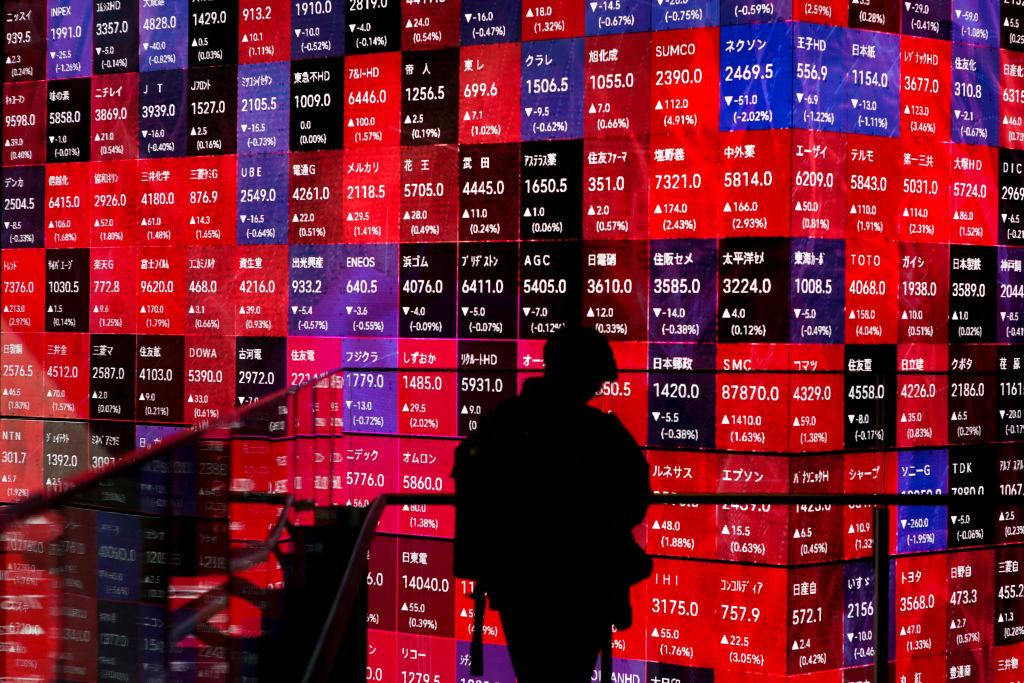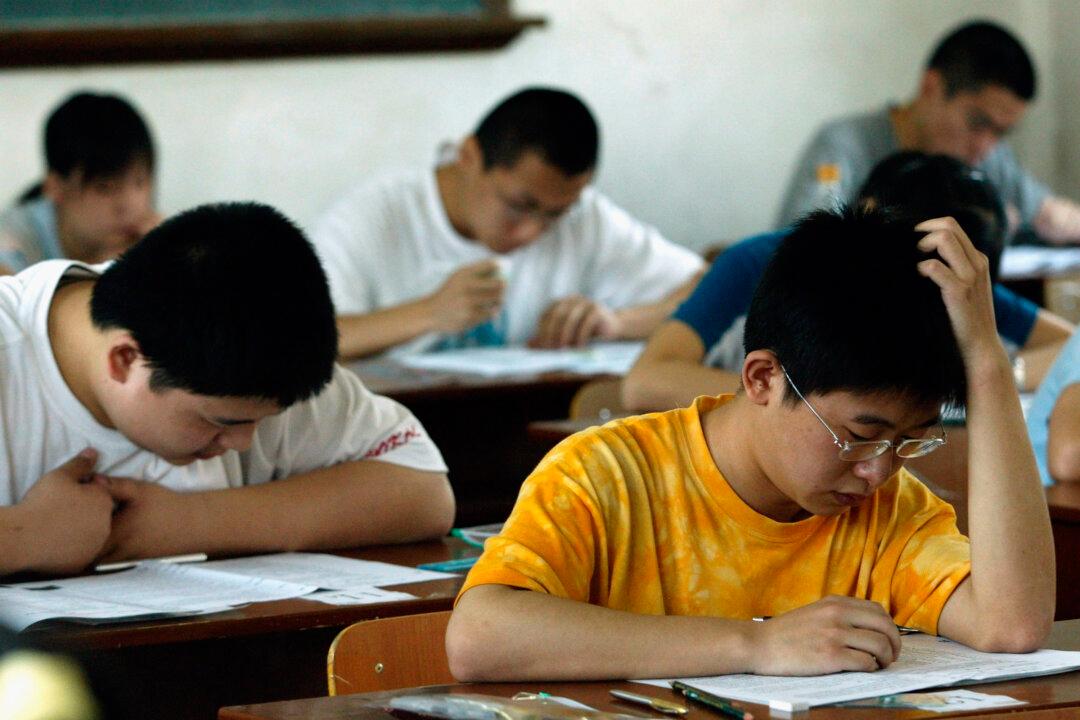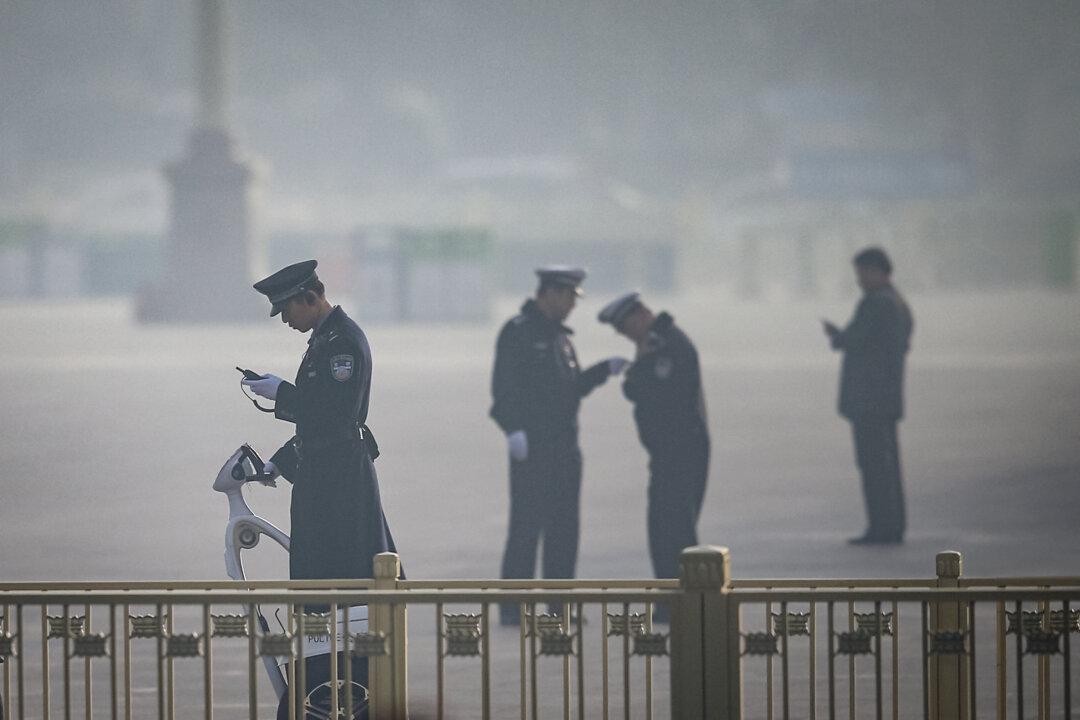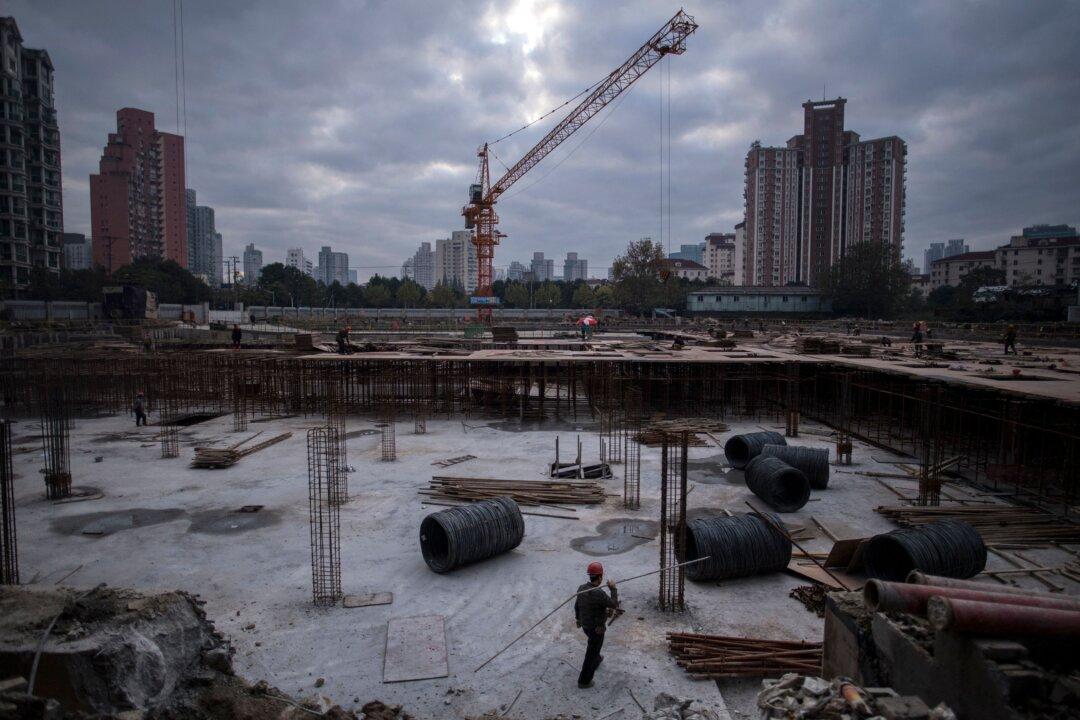On Feb 24, Japan’s Nikkei Stock Average closed at an all-time high of 39,098, surpassing its historic high of 38,915 points, set 34 years ago on Dec. 29, 1989. The figure has become of sign of economic optimism, a sign that Japan has decisively broken free from its “lost decades,” the prolonged period of economic stagnation following the bursting of the Japanese asset price bubble beginning in 1990.
The Japanese stock market boom is in stark contrast to the current struggles of China’s stock market. The new year got off to a tumultuous start for Chinese stocks, with Newsweek proclaiming on Jan. 16, “China’s Stock Market is in Free Fall.” By early February, exchanges in Hong Kong and Shanghai had lost more than $1 trillion in market value, and the Shanghai Composite had dropped to a five-year low.





